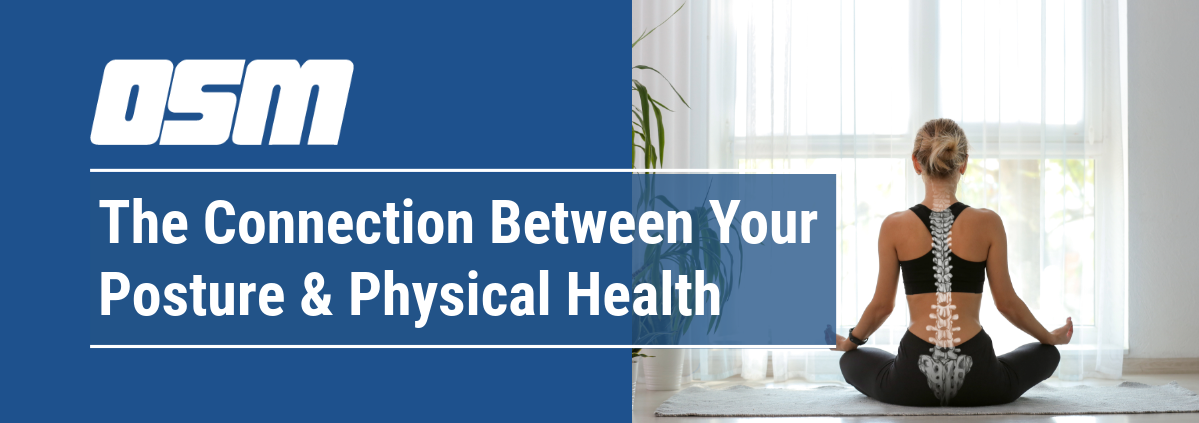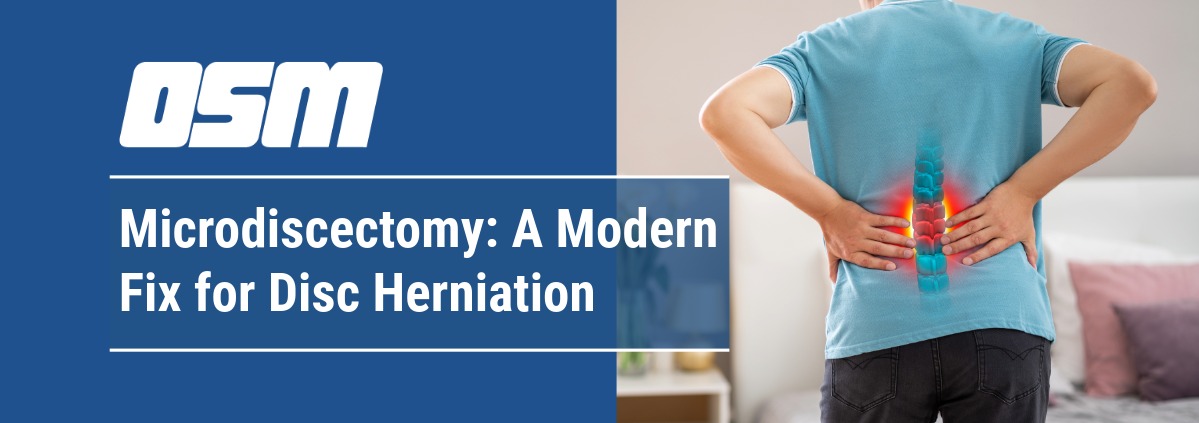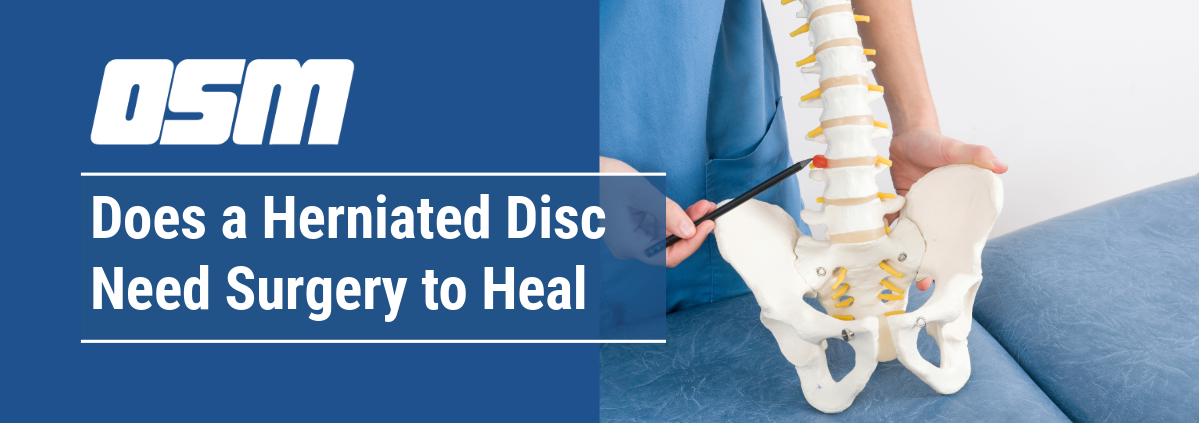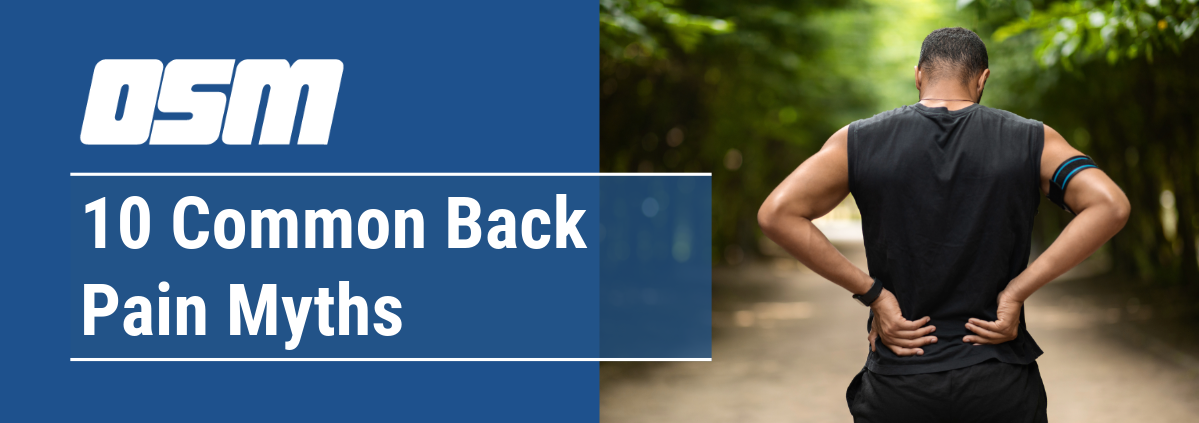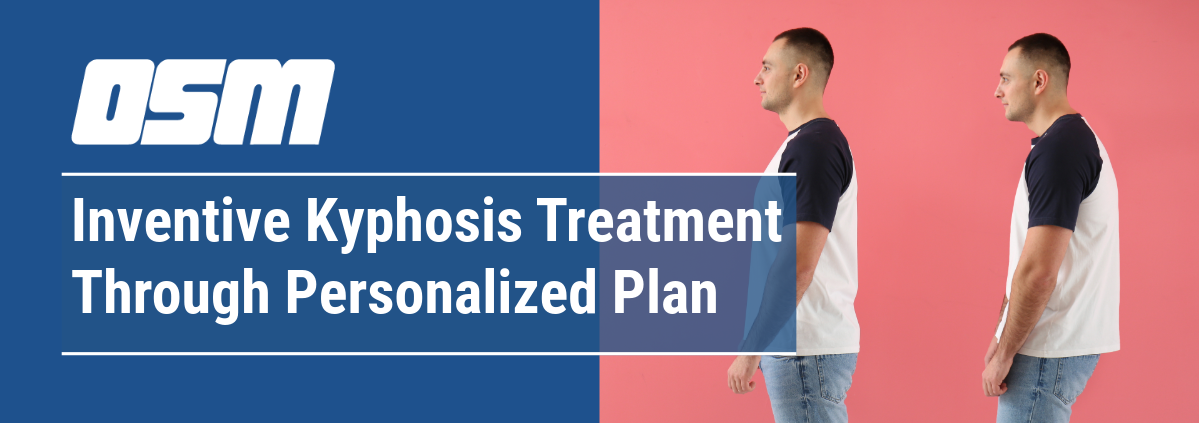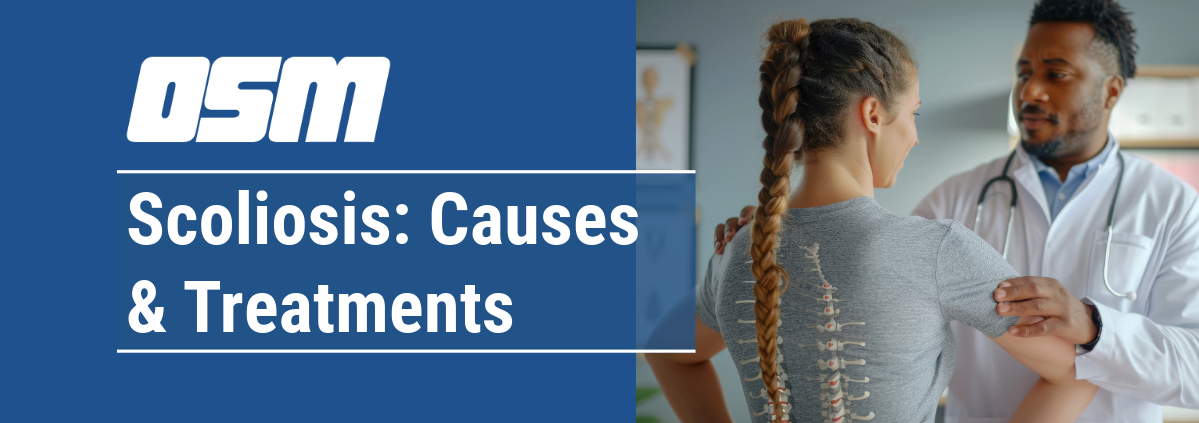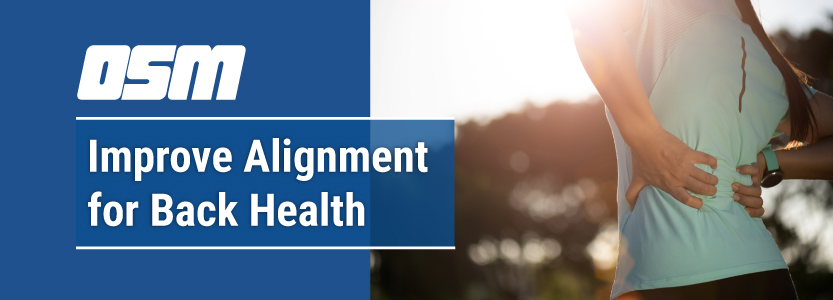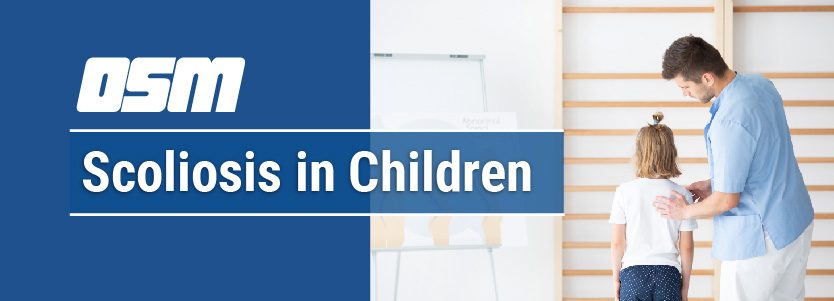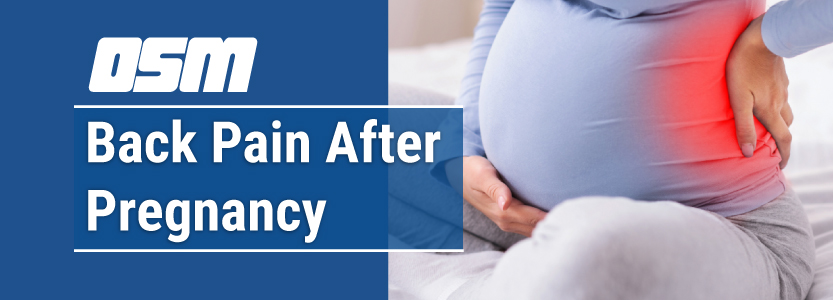Common Swimming Overuse Injuries
Article featured on Physiopedia
Swimming is a great sport enjoyed by all age groups at all levels of ability. It is a unique sport, in that it combines upper and lower extremity strength exercises with cardiovascular training in a non-weight bearing environment. Swimmers are unfortunately prone to injuries. Most swimming injuries are classed as overuse injuries and relate to faulty biomechanics. The most common swimming injury regions are the shoulder, neck, lower back and knee.
Swimming overuse injuries usually arise from one or a combination of the below:
- Poor stroke mechanics
- Poor breathing technique
- Poor flexibility or range of motion of neck or lower back
- Hyper flexibility of joints with insufficient muscular stabilisation
- Decreased rotator cuff or scapular muscle strength
- Insufficient core strength/stability
- Decreased hip muscle strength
- Overtraining
- Insufficient rest periods
Stretching is important for swimming because of the great range of muscles used when you’re in the water. Unprepared muscles don’t perform as well as muscles which have been warmed up ahead of exercising. A good stretching regime including at a minimum:
- posterior shoulder stretch
- pectoral stretch
- long head biceps stretch
- upper thoracic spine mobility stretch
- latissimus dorsi
Note – The above list gives a guide to what to look for in each of the specific conditions listed below. This page does not give full physiotherapy procedures, instead providing great links to the sites that will have relevant information.
Swimmers Shoulder
Shoulder pain is the most frequent orthopaedic injury in swimmers, with a reported prevalence between 40% and 91% in elite swimmers. Swimmer’s shoulder is a condition with a gradual onset due to repetitive activity and can be classified as microtrauma. Swimmer’s shoulder usually presents as subacromial impingement involving the rotator cuff tendon, bicipital tendon, or subacromial bursa.
Primary subacromial impingement involves compression of these structures between the acromion and greater tuberosity (due to usually a tight posterior capsule causing the humeral head to migrate anteriorly) or abnormal acromial morphology. However, primary impingement syndrome is less common in competitive swimmers than secondary impingement.
Secondary impingement occurs through a series of impairments, usually in a swimmer with increased anterior glenohumeral laxity (shoulder ROM in swimmers often exhibit excessive external rotation and limited internal rotation). This shift in ROM towards increased external rotation is an adjustment to the demands on the glenohumeral joint allowing anterior laxity and greater demand on the rotator cuff and the long head of the biceps to reduce humeral head elevation and anterior translation.
Chronic swimmer’s shoulder can result in pathology of the rotator cuff, glenoid labrum, and long head of the biceps.
Swimmers Back
The spine is also a recognized site predisposed to injury in the elite swimmer, mainly associated with butterfly swimmers ( 33.3%-58%) and breaststroke swimmers (22.2%- 47%), figures varying from differing studies.
As swimming athletes are positioned horizontally in the water, gravity and buoyancy forces are traveling through the body with the potential to cause changes at the lumbar spine. Due to the undulating motion (lumbar extension) utilised in butterfly and breaststroke, there is potential for developing pain secondary to stress on the joints.
Causes include:
- Hyperextension of the lumbar spine during freestyle and butterfly
- poor kick technique
- stress fractures are a potential cause in young swimmers
- disc degeneration and facet joint degeneration in the older swimmer. A 2007 study hypothisising that “Excessive competitive swimming activities accelerate lumbar disk degeneration” this activity may exaggerate lumbar intervertebral disk degeneration, especially in the L5-S1 intervertebral segment.
- improper timing of this butterfly stroke increases strain on low back the possibility of neck, shoulder, or back pain.
- poor flexibility of the spine and low back
- insufficient core strength to maintain straight alignment of body in water
- aggressive weight training using poor techniques
- overuse of devices e.g. paddles on hands, fins, kick boards- exposing the open kinetic chain of swimming to different loads and exaggerating lumbar lordosis
- tightness in the hip flexors or inadequate body roll during swimming may lead to compensation at the lumbar spine.
Swimmers Knee
Knee pain figures range from 34% to 86% for a single knee episode, being highest in breaststrokers.
A 2008 study found the 200 – 400 m breaststroke events increase the risk for knee overuse injuries more than other strokes or distances. Additionally training for more than four times a week increases the risk twofold for knee and fourfold for shoulder overuse injuries.
A 2004 study looking at competitive swimmers interestingly reports that breaststroke swimmers are at significant risk of: groin injury; groin injury is positively correlated with increased magnitude of breaststroke training; and groin injury may prevent participation in practices and competitions. So take the time to assess then groin and complete length of hip adductors, not just distally.
Swimmers Neck
Neck pain is mainly seen in the older athlete It may be due to facet joint arthritic change, and disc degeneration +/- nerve root irritation. Muscle innervation and sensation to the shoulder region is predominantly derived from the C5/C6 nerve roots. If these nerve roots are irritated due to degenerative change in the neck, shoulder complaints can arise. Arthritic change may limit neck rotation making correct breathing patterns difficult. Swimmers who unilaterally breath are more prone to neck pain. Looking forward rather than directly downward and extending the head too high when taking a breath increases the load on the neck and create pain.
Conclusion
Swimming can be a great sport for recreational swimmers up to elite swimmers. As a physiotherapist help swimmers overcome their injuries and liaise with trainers, coaches and physicians for the best results.
The Orthopedic & Sports Medicine Center of Oregon is an award-winning, board-certified orthopedic group located in downtown Portland Oregon. We utilize both surgical and nonsurgical means to treat musculoskeletal trauma, spine diseases, foot and ankle conditions, sports injuries, degenerative diseases, infections, tumors and congenital disorders.
Our mission is to return our patients back to pain-free mobility and full strength as quickly and painlessly as possible using both surgical and non-surgical orthopedic procedures.
Our expert physicians provide leading-edge, comprehensive care in the diagnosis and treatment of orthopedic conditions, including total joint replacement and sports medicine. We apply the latest state-of-the-art techniques in order to return our patients to their active lifestyle.
If you’re looking for compassionate, expert orthopedic and podiatric surgeons in Portland Oregon, contact OSM today.
Phone:
Address
1515 NW 18th Ave, 3rd Floor
Portland, OR 97209
Hours
Monday–Friday
8:00am – 4:30pm


